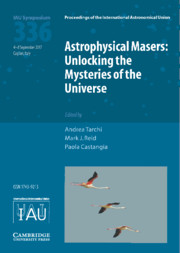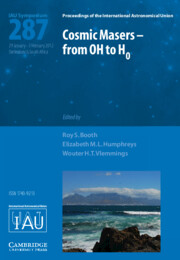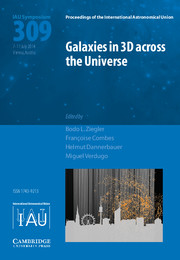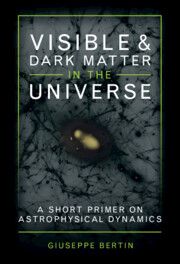Astrophysical Masers (IAU S336)
Masers are the microwave analogue of lasers; there are many astronomical sources of natural maser emission, including gas around forming and dying stars, and around supermassive black holes. These bright sources of microwaves are fascinating in their own right and provide unique abilities to probe details of astronomical sources. Molecular maser emission studies address important questions in the formation and evolution of stars, the structure of our Milky Way Galaxy, the characteristics of supermassive black holes, and fundamental parameters of cosmology. More than 100 astronomers from around the world gathered in Cagliari, Sardinia, for IAU Symposium 336 to discuss the latest findings related to masers. These proceedings summarize state of the art observations and theories pertaining to astrophysical masers and their environments, for graduate students and researchers. As new radio telescope facilities come online, observations of masers will continue to shed light on a broad range of important astrophysical problems.
- IAU Symposium 336 is the fifth in a series of international conferences, going back to 1992, dedicated to astrophysical masers
- Astronomical masers touch on a very broad range of astrophysical phenomena, from massive star forming regions and evolved stars, to accretion disks around super-massive black holes
- Masers provide invaluable tools to estimate fundamental astronomical quantities, such as gas motions, distances, and black hole masses
Product details
No date availableHardback
9781107192454
478 pages
254 × 181 × 21 mm
0.91kg
Table of Contents
- 1. Theory of masers and maser sources
- 2. Galaxies and supermassive black holes
- 3. The structure of the Milky Way
- 4. Star formation
- 5. Evolved stars
- 6. New facilities.







